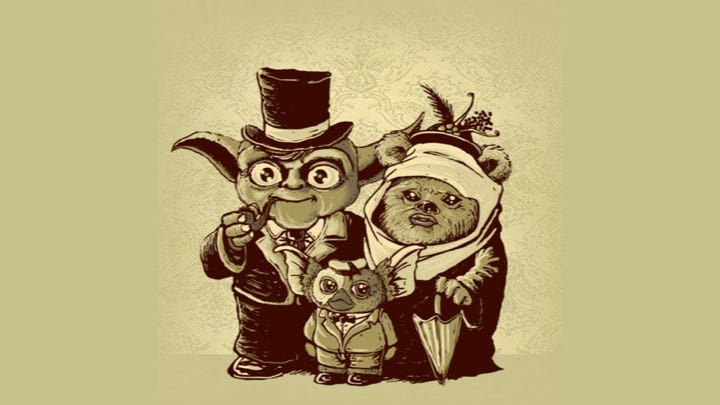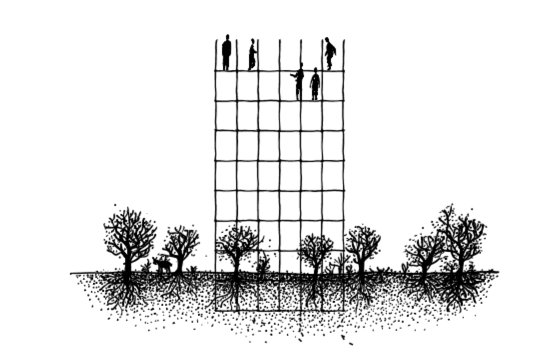
“Diversity is being asked to the ball, inclusion is being asked to dance, collaboration is everyone dancing together, choosing the music and the venue.”
From 1845 to 1849, the Great (Potato) Famine wiped out one million Irish people and a further one million people emigrated in search of a better life. During the famine, Ireland tragically lost almost one quarter of the population. Irish farmers struggled to grow cereal crops in the nutrient-poor land, particularly in the rural west. Unlike cereal crops, the potato was a hardy crop that grew abundantly even in these poor conditions and as a result, by the early 1840s, half the Irish population depended on the potato for their diet.
In 1845, a strain of blight (a water mould known as Phytophthora) arrived in Ireland from North America and thrived in the cold moist weather. It was a perfect storm of weather conditions and an overdependence on the potato for sustenance. Soon the blight wiped out the potato crops, which rotted in the fields.
This was a tragic moment in Ireland’s history, but we can learn some lessons that can from the great famine. Preventing the decimation of an entire crop requires genetic diversity. A lack of education and appalling living conditions meant that the Irish farmer relied solely on one species of potato.
The potato was first domesticated in South America, where the natives cultivated many varieties, unlike the Irish who chose one variety based on size and taste. When South America experienced extreme weather conditions, the potato crops survived. Diversity was the differentiator.
The business and socio-political environment we are experiencing today is extreme. In their 2018 Corporate Longevity Forecast, strategy and innovation consultancy Innosight (founded by Innovation Show guest Scott D. Anthony) predicts that the average tenure of S&P 500 companies will grow shorter and shorter over the next decade. Innosight hold that the 33-year average tenure of companies on the S&P 500 in 1964 narrowed to 24 years by 2016 and forecast it will shrink to just 12 years by 2027.
Diversity is Only Part of the Solution

“We can not solve our problems with the same level of thinking that created them.” — Albert Einstein
Einstein’s quote suggests that our thinking must evolve because the problems have evolved or new problems have surfaced. For our thinking to evolve, we must develop new ways of thinking, develop new ways of recognising patterns and develop new ways of connecting information. Diversity can empower this thinking. When we embrace more perspectives, we can create more novel connections and thus develop more novel insights.
There are five generations operating in the workplace today. The workplace comprises Boomers (born ’44 to ‘64), Gen X (’65 to ’79), Millennials or Gen Y (80 to ’94) and Gen Z (‘95 to 2015). Many managers complain about the awkward ways of working of the newer generations, Millennials get a bad rap (as discussed on the latest Innovation Show with Lee Caraher). We need new inputs to create new outputs, this is a tenet of creativity and innovation. When we add new insights to knowledge we have already accumulated, we create new connections that create new outputs. When we embrace new generations precisely for their evolved ways of working and ways of thinking, we are more likely to create new concepts. Each generation brings insights unique to their individual experiences, and that represents the perspective of their individual generation. Diversity is only part of the solution, for diversity to work we must collaborate authentically in the workplace, no silos, no intergenerational factions, no “us” or “them”.
Collaborate to Innovate

The Portuguese Man O’War is a siphonophore. A siphonophore appears to be a single organism but is a collection of small individual organisms called zooids that have their own special function for survival. The Zooids comprising a Portuguese Man O’War cannot survive independently; they have a symbiotic relationship, requiring each one to work together and function as an individual animal. Individual organisms cooperate as a whole to ensure longer-term survival. What a fantastic symbol for the shift that must happen in the workplace (and business world today), a shift from competition to collaboration. Human beings are tribal by nature. Our brains feel safe when we flock with people similar to us. However, with the rapid pace of change and the global nature of business, we need diverse minds to collaborate to solve big problems.
The Strongest, Most Intelligent, Most Adaptive, Most Collaborative Survives

“It is not the strongest, not the most intelligent of the species that survives but the most adaptable to change.” – Charles Darwin
You will have heard the Darwin quote above, but there is another Darwin quote which is more relevant than ever:
“In the long history of humankind (and animal kind, too) those who learned to collaborate and improvise most effectively have prevailed.” ― Charles Darwin
Technology alone will not save us, it can empower us, but to solve complex challenges like inequality, climate change and business disruption, we need to take a network-based, collaborative approach. It is hard enough to fight off challenges outside our organisations, without having to manage in-fighting within our organisations.
Here is to a fruitful partnership.
Thanks for reading.
It is rare today for employees to stay with one organisation for the long tenures that were the norm before the Great Recession. In fact, “job hopping” is the new norm, especially for Millennials.
This episode shares how to leverage this fact rather than fear it. By engendering a lifetime of loyalty from former employees, leaders can see them “return” in the form of customers, partners, clients, advocates, contractors, and even returning employees.
This episode is a pragmatic answer to the outdated corporate mindset around employee turnover. Instead, it shifts the focus to creating lifetime loyalty from your alumni who will bring back business again and again.
“They’re dead to me.”
“I’m not going to spend all this time training them just to have them leave.”
“They’re job-hoppers who don’t know a good thing when they see it.”
“I’m on a constant training revolving door — as soon as someone’s trained up, they’re out, and I have to start all over again.”
“Why am I wasting my time? It’ll be faster if I do the work myself.”
These are sentiments you have heard many times from entrepreneurs, CEOs, managers, and supervisors when discussing those known as “Job Hoppers”.
We discuss:
Intergenerational teams, organisations, and workplaces
Millennials, Gen X, Y, Z and Boomers
Purpose and vision
The Boomerang Principle
How to leverage top talent
How to leave an organisation on great terms
How to create an alumni of past employees
Have a listen:
Soundcloud https://lnkd.in/gBbTTuF
Spotify http://spoti.fi/2rXnAF4
iTunes https://apple.co/2gFvFbO
Tunein http://bit.ly/2rRwDad
iHeart http://bit.ly/2E4fhfl
More about Lee here: http://leecaraher.com/